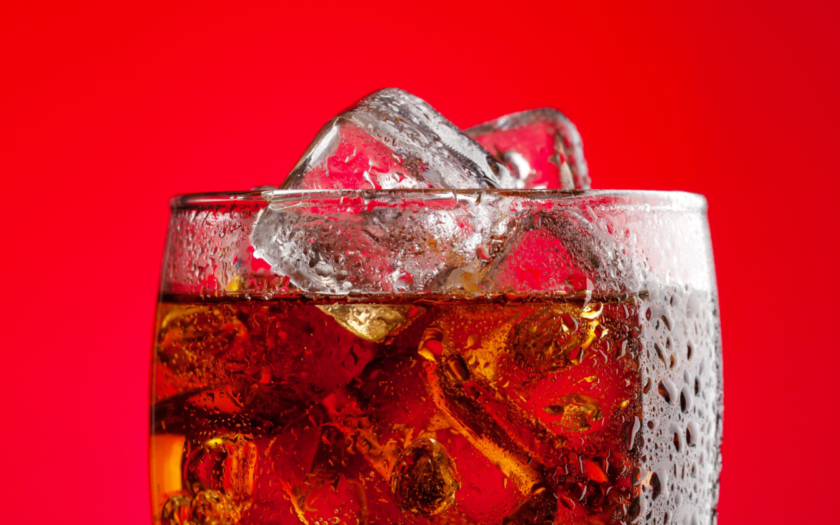GJ: Why does AI have such a negative perception?
BWS: It’s not surprising that the use of generative AI, especially jazzing up familiar Christmas traditions like Coke’s truck, garners some negative opinions.
As the introduction of generative AI into processes is nascent and messy at best, none of us really know exactly how it will play out.
So, some in the advertising community who feel a sense of ominous threat will instantly adopt a negative stance. I don’t blame them, but the reality is, the toothpaste is out of the tube, so we should all have a hand on the wheel of a human-AI hybrid Christmas Coke truck to have a stake in the future.
GJ: Can brands navigate carefully to avoid backlash?
BWS: Generative AI is present – or at least coming down the chimney – in almost all aspects of advertising. It’s actually incumbent upon brands to try bits of it out.
Sure, it’s going to be bumpy, but the backlashes will frequently be confined to the advertising community.
As a result, as long as they’re doing measured introductory human AI experiments and not dismissing the agency of record, I think they’ll avoid a hit on the share price.
GJ: Why was the original video such a classic?
BWS: The original was a glorious confluence: strong, familiar emotions, which Coca-Cola evokes generally, the shared history of Santa and Coca-Cola’s colors, and a palpable, relatable sense of anticipation that even the “Grinchiest” of us feel in the run-up to Christmas.
GJ: Why has AI failed to replicate the success of the first campaign?
BWS: At DAIVID, we understand the importance emotions play in advertising effectiveness – and the AI versions all garnered below-average U.S. positive emotional responses.
Without a doubt, the uncanny valley plays a part here, especially with an advert that is so recognizable to so many of us.
GJ: What must marketers do when using AI in video or images?
BWS: Marketers need to take their eyes off the spreadsheet and on to the creative process.
Of course, AI can drive efficiencies, but it can also open up new avenues of creativity, and that will happen when creatives are empowered to use AI, not be threatened with it.
Embrace AI Cautiously In Holiday Ads
Holiday ads are notoriously tricky to navigate and strike the right sentiment, with the best intention often missing the mark.
Feelings of warmth and nostalgia are at the heart of the festive season. Perhaps AI just can’t replicate the nuance of human emotion – or more likely, humans don’t like the idea of AI trying to replicate that.
Coca-Cola’s new ads emphasizes the challenge for brands to cultivate emotional authenticity when engaging with their audience as AI becomes more integrated into advertising campaigns.
It reminds us to embrace AI cautiously while upholding the human elements that underpin marketing campaigns – holiday ads, in particular.
Methodology
DAIVID used its AI-powered platform that predicts the emotions an ad will generate, and its likely impact on brand and business metrics – enabling advertisers to measure the effectiveness of their ad campaigns at scale.
They tested 90 Christmas ads for 39 different emotions. The strength of emotions people feel is ranked from 1-10, with 8-10 considered “intense.” Data for the chart was compiled at 7:00 AM on November 15, 2024.
More resources:
Featured Image: Evgeny Karandaev/Shutterstock
